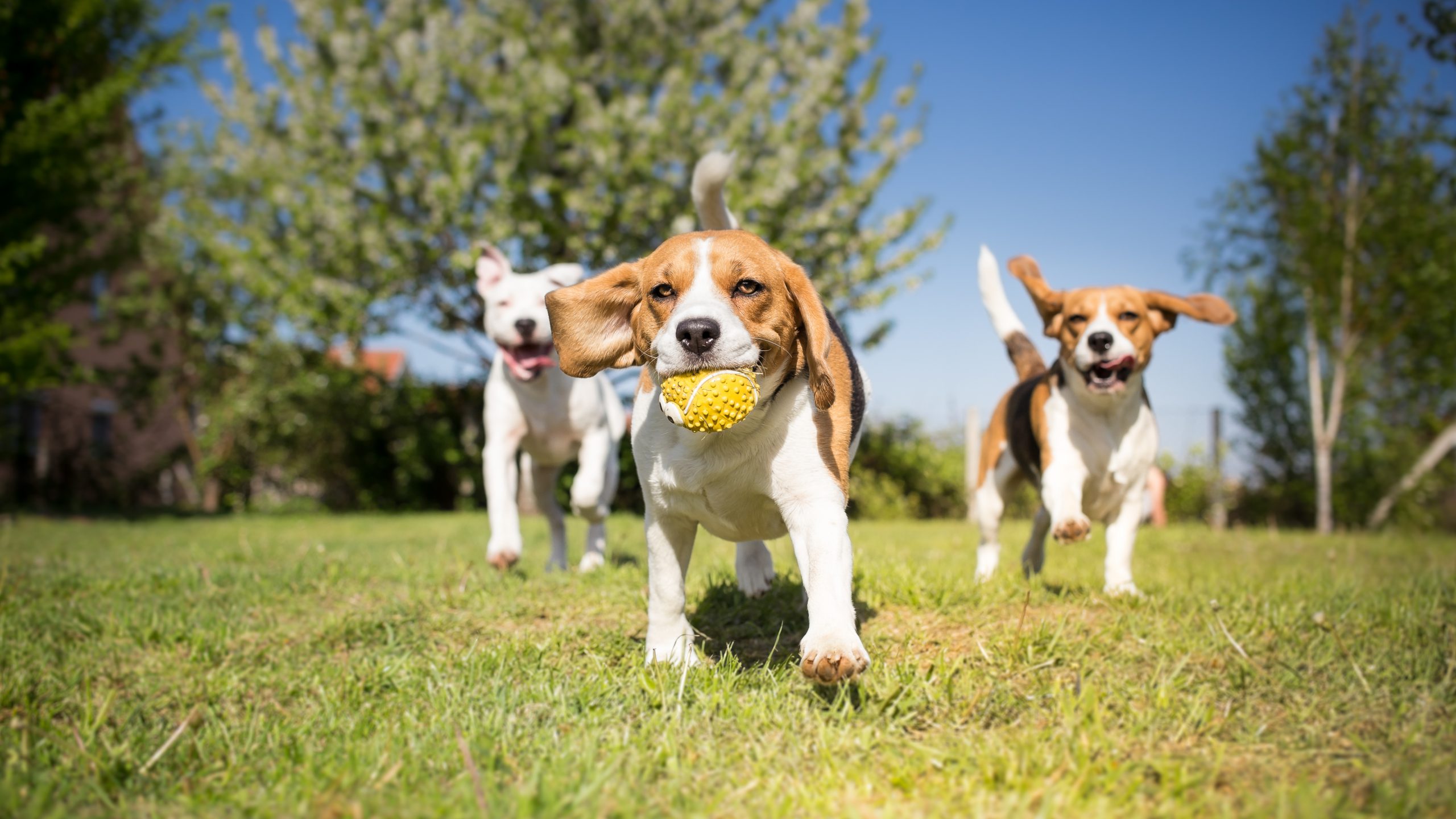Soft bedding
There will be a lot of options here. You want to provide your dog with a soft place to sleep. This will likely be in the crate when your dog is young, but it may move to a different spot as the dog ages.
In general, there are three kinds of beds: support beds, lounging beds, and nest beds.
For a puppy, your main concern will be finding a bed that is comfortable, but that doesn’t encourage chewing. You don’t want your pup to chew out the stuffing in a bed. Not only will this require you to keep buying new beds, but it can also be harmful if your puppy chokes on it.
Some people don’t put any bedding in the crate but rather put a large fluffy towel in there. Other people put some type of softer padding into it. It depends on your preference and also your puppy’s temperament.
If your puppy is a chronic chewer, you may want to have minimal items in the crate for him to chew. What you will notice, though, is that if you have your dog on a good schedule and train him for the crate early, he will understand that a crate is a place in which to calm down.
If you must leave your dog in it for longer periods of time, though, he can get bored and start to get destructive. This is why it is important to give your puppy a rest from the crate periodically throughout the day so that he can expend some of the energy he stores up while sedentary in the crate.
Two or three toys
Again, you’re going to be amazed at the number of toys you see in a pet store. Finding the right one is key.
First of all, you want one that is durable. Here’s the thing, though; you will see many toys that are labeled “chew-proof,” but few actually are. You will likely go through a few toys with your puppy before you learn what toys can stand up to him.
It is normal to go through a few toys every month or so.
Here’s the rule: your puppy should have only two or three toys, NOT 20 to 30. You want your puppy to understand what is his to chew and what is not his to chew. If you have tons of toys strewn about, it is hard for a small pup to understand the difference between his many toys and your shoes. He’s used to just picking something up and chewing on it.
Having just two or three toys at any time gives your puppy a much clearer message about what he can chew and play with at will. When picking toys, choose those that are appropriate for your dog’s size. This will help with durability because toys for larger dogs are made sturdier. It will also protect your pet. A tiny toy in the mouth of a large dog can easily be swallowed.
Speaking of swallowing… you should also watch your dog’s habits with toys. Some dogs love squeaky toys to the point of pulling them open and grabbing the squeaker. These can easily be swallowed if your pet is unattended.
Be sure you know which toys are potential hazards for your pet and keep them out of his mouth when you’re not around to supervise.
Treats
Treats are another thing with which you’ll have tons of options. You can decide early on what you want to use as treats. Test out a few options and let your dog lead you to the treat he really loves.
When picking ready-made treats from the pet store, pay attention to their size. They should be soft and not require a lot of chew energy. Let’s say you’re in the middle of training; you don’t want your puppy to have to stop and chew a hard treat.
You want something he can taste, love, and swallow quickly so you can get right back to training.
If you purchase your treats from a pet store, also be mindful of the calories involved. All pet treats have a calorie and fat content guide on the back of the package.
When you take your pet to the veterinarian, he or she will tell you what weight your dog should be and how much weight your dog should be gaining. If you notice too big of gain, you may want to switch to a different brand.
You can also find brands that offer natural ingredients without a lot of fillers. Your treats should be, at most, 10 percent of your dog’s total caloric intake daily. If you have a free couple of minutes, you can even find recipes to make at home that are vegetable-based and delicious for your pet.
Again, be sure to discuss treat options with your veterinarian, so you’re giving your pet the right thing. Remember, too, that your eventual goal is to wean your pet off the treats and use primarily positive reinforcement as you train.
There are many other training tools you can purchase, but these are the necessities to get your dog on the right training schedule.
